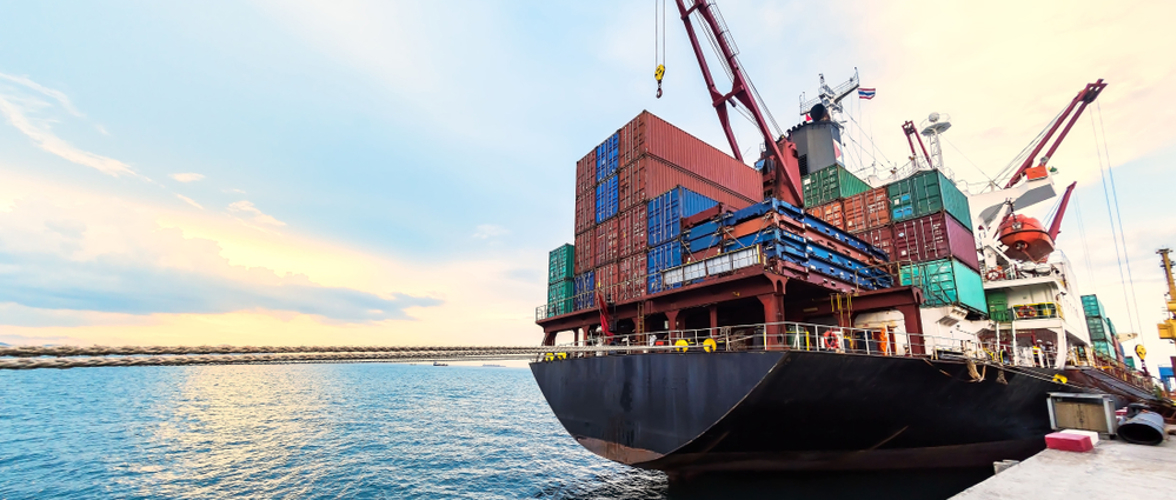IBISWorld’s small-to-medium enterprise (SME) industry reports provide accurate industry data and analysis that focus on operators with revenue of less than $10 million. Amid the ongoing disruption of the COVID-19 pandemic, IBISWorld has analysed five SME industries set to bounce back as lockdown restrictions end, including:
- Scenic and Sightseeing Transport
- Clothing Retailing
- Restaurants
- Funeral Directors, Crematoria and Cemeteries
- and Child Care Services
For many of these industries, SMEs will take up to five years to return to the performance highs reported just before the emergence of COVID-19. The COVID-19 pandemic has been particularly damaging for SMEs, which typically lack the cash reserves necessary to survive extended periods without turnover. The loss of revenue has particularly affected operators in the Tourism industry, and hospitality operators in the Restaurants and Cafes and Coffee Shops industries. While larger firms have been able to rely on accumulated cash reserves or access to credit, smaller firms have relied on government support measures.
In addition to the JobKeeper wage subsidy scheme, the Federal Government has provided up to $100,000 to SMEs through the Boosting Cash Flow for Employers scheme, which is intended to help SMEs retain employees. The Federal Government has also guaranteed half the value of $40.0 billion in loans to SMEs, reducing risks for lenders. This support has enabled SMEs to borrow up to $250,000 for a period of three years at a lower interest rate, helping these businesses remain viable until economic conditions normalise.
Scenic and Sightseeing Transport
In 2021-22, SMEs in the Scenic and Sightseeing Transport industry are expected to partially recover from the COVID-19 recession. SME revenue is expected to increase by 6.1% in 2021-22, to $616.9 million. This result represents a significant decline relative to the revenue peak of $873.4 million in 2018-19.
International borders are expected to remain closed until the final quarter of 2021-22, limiting the recovery of SMEs in the tourism sector. However, domestic tourism is expected to rebound as state border restrictions are eased throughout the year. States are anticipated to permit tourist movement between Australian states and territories by December 2021, once the general population achieves a vaccination rate of 80%.

SMEs in the Scenic and Sightseeing Transport industry are expected to gradually recover over the next five years. Revenue is projected to increase at an annualised 6.9% over the five years through 2026-27, to $860.6 million. The SME industry's recovery is forecast to occur slowly over the period, with revenue only recovering to 2018-19 levels by 2028-29.
Clothing Retailing
SMEs make up a significant share of the Clothing Retailing industry. Over 87% of all businesses in the industry are classed as an SME business. The average annual revenue generated by an SME is typically close to $500,000. SME revenue declined by 14.3% in 2019-20 and fell by a further 2.1% in 2020-21. Many SME clothing retailers have moved to online sales platforms to maintain turnover amid restrictions on business operations. However, this has been insufficient to preserve viability for many operators, leading to an 9.9% decline in SME clothing retailers in 2020-21.

In 2021-22, SME revenue is expected to recover by 6.2%, to $5.7 billion. Consumer expenditure is anticipated to increase as restrictions on non-essential travel are lifted. The number of SME clothing retailers is expected to only partially recover by 1.2% in 2021-22. Many operators are unlikely to return to the industry, as they are unable to compete with the economies of scale enjoyed by larger players, or the cheaper operating costs of online-only stores. Overall, SME industry revenue is forecast to increase at an annualised 1.9% over the five years through 2025-26, to total $5.9 billion.
Restaurants
Over 95% of enterprises in the Restaurants industry are SMEs. However, these small players only account for 61.6% of overall industry revenue. The average annual revenue generated by an SME restaurant was $526,000 in 2020-21. Industry SMEs across Victoria and New South Wales have been unable to operate throughout much of 2021.

SME restaurant revenue is forecast to increase at annualised 2.0% over the five years through 2025-26, to total $13.5 billion. The industry is projected to gradually recover from the downturn associated with COVID-19, as state and territory governments continue to wind back lockdown restrictions. However, a lack of international tourism and increased risk averseness among domestic consumers will likely hinder growth. SME revenue is only expected to surpass its revenue peak of 2018-19 in 2024-25.
Funeral Directors, Crematoria and Cemeteries
The COVID-19 outbreak has significantly disrupted SMEs in the funerals industry. Although the pandemic has led to the death of over 900 Australians as at June 2021, the effects of COVID-19 restrictions have had a much larger impact on the industry. Lockdown restrictions have kept more people in their homes, leading to fewer workplace accidents and a lower road toll. Social distancing measures, greater awareness of vaccinations and personal hygiene practices have significantly lowered the spread of influenza, commonly known as the flu, which kills between 1,500 and 3,000 in Australia annually. As a result, the number of deaths has fallen, subsequently hindering demand for SME funeral services. In addition, social distancing restrictions have limited funeral attendance, exerting further downward pressure on funeral expenditure.

In 2021-22, SME revenue is expected to partially recover as normal economic activity resumes. SME profit fell from 13.8% in 2018-19 to 6.1% in 2019-20, but is anticipated to recover to 13.1% in 2021-22. SME revenue is expected to increase at an annualised 1.4% over the five years through 2026-27, to $863.5 million.
Child Care Services
SME child care centres commonly operate in smaller markets, such as rural areas, as these are often not a high-value investment for larger operators. Over 57% of SMEs generate revenue of less than $200,000 per year, and 93% generate revenue of less than $2 million per year.
The outbreak of COVID-19 has posed a significant risk to child care operators, with many SMEs contending with rapid and dramatic declines in attendance and enrolments. While significant financial subsidies offered by federal and state governments supported SMEs, overall SME revenue declined by 11.7% in 2019-20 and by a further 0.6% in 2020-21. Child care enrolment rates are expected to partially recover in the latter half of 2021-22, once COVID-19 restrictions ease and the threat of the virus substantially declines. As a result, SME revenue is expected to recover by 3.1%, to $10.5 billion in the current year.

In the immediate future, SMEs will be confronted with several challenges during the post-pandemic recovery period. The entrance of new players has led to an oversupply of childcare centre capacity in the outer suburbs of Melbourne and Sydney over the past five years, leading to falling occupancy rates and rising price competition. As a result of the COVID-19 outbreak, many SMEs anticipate lower demand and have adapted by reducing child care capacity, with a subsequent reduction in staff numbers. As a result, the number of SME employees is expected to remain below the highs reported in 2018-19 over the next five years. Additional challenges for child care operators are declines in household discretionary incomes and female labour force participation rates in 2020-21, which are expected to result in more parents reducing their use of child care over the next five years. Overall, SME revenue is forecast to grow at an annualised 3.1% over the five years through 2025-26, to $10.5 billion.
To access SME reports, contact your account manager.
IBISWorld reports used to develop this release:
- Tourism in Australia
- Restaurants in Australia
- Cafes and Coffee Shops in Australia
- SME Scenic and Sightseeing Transport in Australia
- SME Clothing Retailing in Australia
- SME Restaurants in Australia
- SME Funeral Directors, Crematoria and Cemeteries in Australia
- SME Child Care Services in Australia
For more information, to obtain industry reports, or arrange an interview with an analyst, please contact:
Jason Aravanis
Strategic Media Advisor – IBISWorld Pty Ltd
Tel: 03 9906 3647
Email: mediarelations@ibisworld.com









